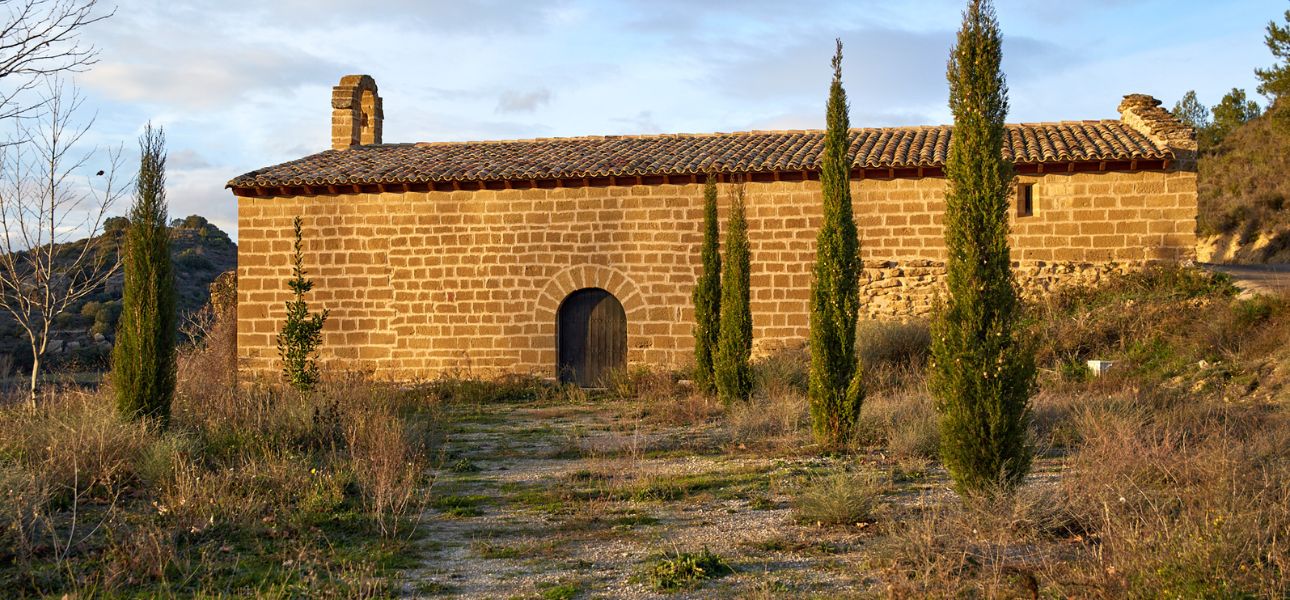Descripción
Del pasado histórico que tengo hay muchos ejemplos en mi casco urbano, y también fuera de él, aunque no todos hemos corrido la misma suerte. Soy la ermita de la Virgen del Campo, construida en edad temprana, porque ya en el 1517 se conoce que parte de mis muros se habían caído, pero se recuperaron. Cuando esto sucedió algunas de las obras que acogía cambiaron de ubicación, entre ellas, un precioso retablo gótico que pintó para mi lucimiento Martín de Soria, dedicado a San Blas, que fue trasladado a la iglesia románica de San Esteban de Luesia, hoy convertido en Museo Parroquial, donde todavía permanece expuesto. Hoy, a pesar de reflejar el paso del tiempo, ofrezco a quien me mira una imagen propia del gótico tardío, momento de esplendor presente en mis naves, coro, pilastras y espadaña.
There are many examples of my historical past within the town center, and also outside it, although not all of them have suffered the same fate. I’m the Ermita Virgen del Campo, built many centuries ago because in 1517 there is evidence that part of my walls collapsed, but they were restored. When this happened, some of the works it housed changed location, among them, a beautiful Gothic altarpiece painted for my enjoyment by Martín de Soria, dedicated to San Blas, which was moved to the Romanesque church of San Esteban de Luesia, today converted into the Parish Museum, where it can still be found on display. Today, despite reflecting on the passage of time, I offer to those who look at me an image of late Gothic architecture, a time of splendor present in my naves, choir, pilasters, and belfry.
Mon passé historique perdure à travers de nombreuses constructions au centre de mon village, et aussi en dehors, bien que nous n’ayons pas toutes subi le même sort. Je suis l’ermitage de la Virgen del Campo, bâti il a bien longtemps, car on sait qu’une partie de mes murs s’était déjà écroulée en 1517, avant d’être rebâtie. Au moment des faits, certaines œuvres que j’abritais furent déplacées, notamment un magnifique retable gothique que Martín de Soria avait peint pour moi, et dédié à San Blas. Celui-ci fut transféré à l’église romane de San Esteban de Luesia, aujourd’hui transformée en musée paroissial, où il demeure exposé. Aujourd’hui, malgré le reflet du passage du temps, j’offre à celui qui me contemple une image typique du gothique tardif, un moment de splendeur perceptible à la vue de mes nefs, mon chœur, mes pilastres et mon clocher.
Foto a Foto





